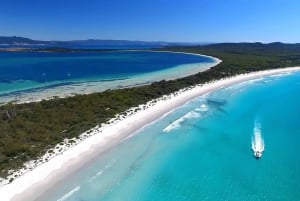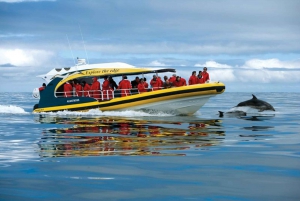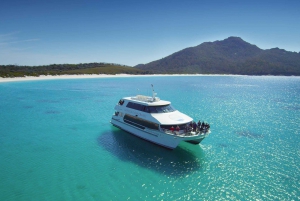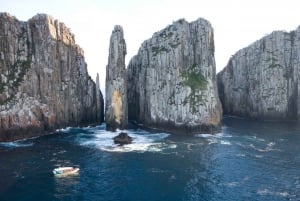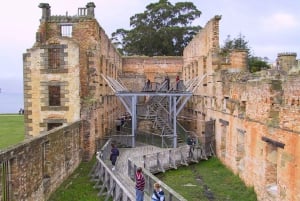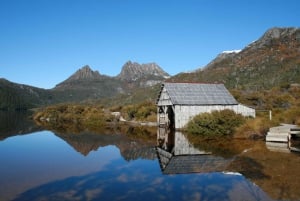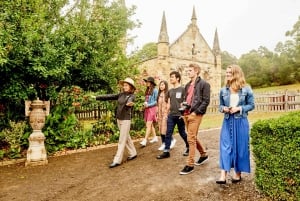The History of Callington Mill, Tasmania
The majority of the grain supplied to the mill is locally grown, with organic flours also available.
Book Top Experiences and Tours in Tasmania:
If youʻre booking your trip to Tasmania last minute, we have you covered. Below are some of the top tours and experiences!- Hobart: Bruny Island Tour with Hotel Lunch & Lighthouse Tour
- From Triabunna: Maria Island Cruise & Guided Walk with Lunch
- From Port Arthur: Tasman Island Wilderness Cruise
- From Coles Bay: Wineglass Bay Cruise with Lunch
- Tasman Peninsula Tour, Cruise & Port Arthur Historic Site
I don’t think there are any attractions in Tasmania that evoke feelings of a connection with the early colonial settlers as much as the Callington Mill at Oatlands.
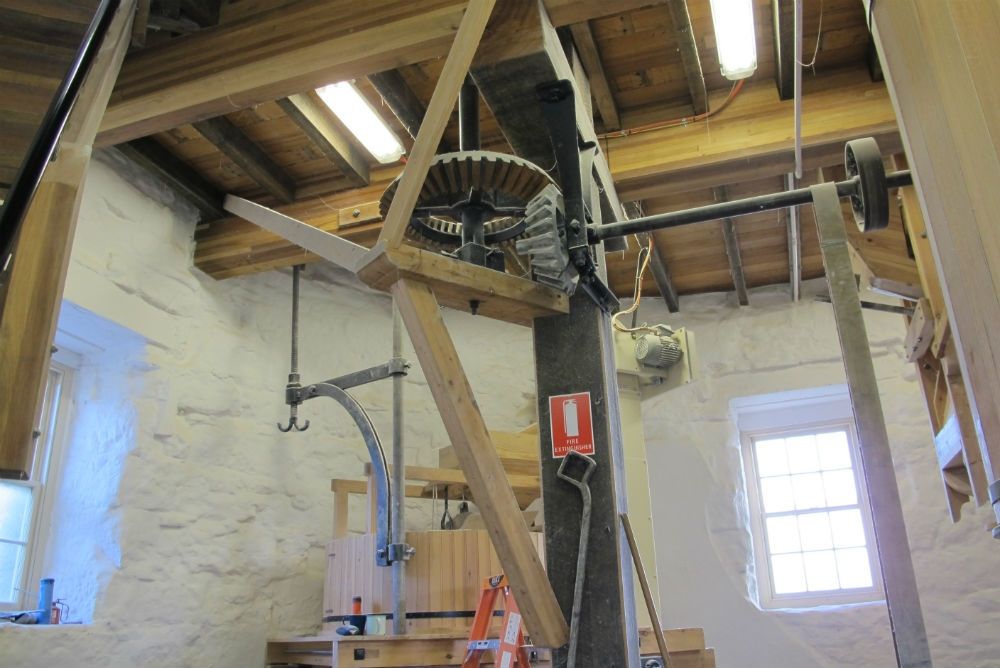
Callington Mill was built in the days of Oatlands being an important stopping place on the coach route from Hobart to Launceston and Port Dalrymple, with Oatlands being roughly halfway. The Lincolnshire tower windmill was built in 1837 by an ambitious free settler called John Vincent. It worked grinding wheat into flour until around 1892 when its then owners left town and it was left idle. The sails were removed for safety reasons around 1900 after some were possibly damaged during a storm and in 1912 a fire gutted it, leaving it even more derelict and forlorn. For over a century it stood idle and uncared for, yet was still a proud landmark on the trip through the midlands. The full restoration was completed in 2010, with it now being the only working example of its type in the southern hemisphere.
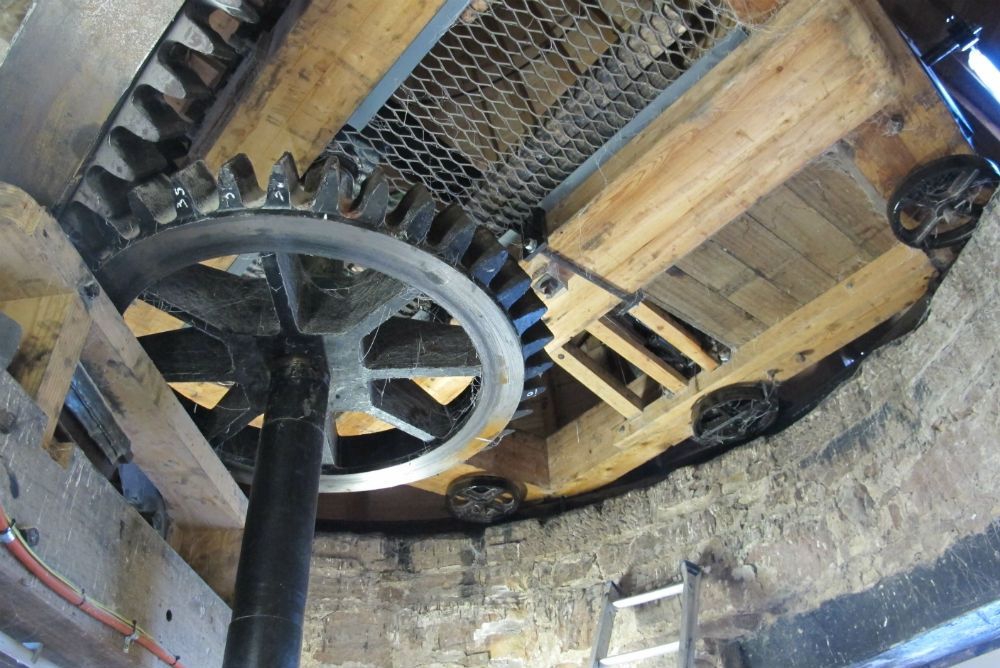
Not only does the Callington Mill look fantastic, but it also produces flour, with the two huge sets of Dutch composite millstones grinding wheat to supply flour to artisan bakers, restaurants and the general public. Capable of producing a half to one tonne of flour per day, both wheat and spelt flour are produced. The majority of the grain supplied to the mill is locally grown, with organic flours also available. James Waterfield, a miller from the Maud Foster Mill came out to Oatlands to train locals in the operating procedures of the mill. The local baker Graham Pritchard uses flour from the mill. Across the road from the mill, at his Companion Bakery, beautiful sourdough bread is made in a wood-fired oven.
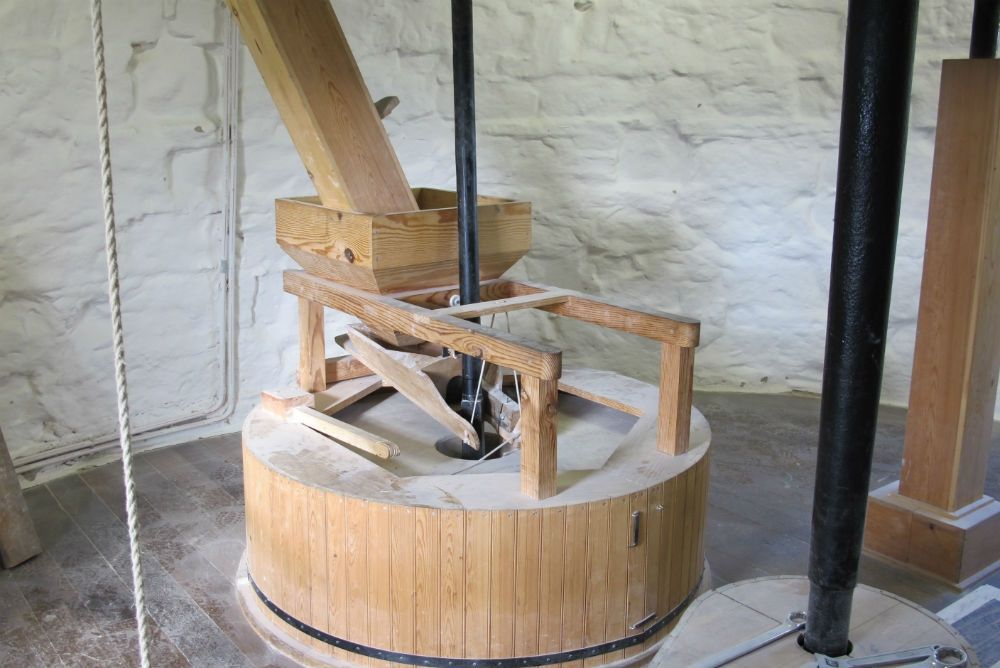
Oatlands Heritage Visitor Centre opening hours: 9am-5pm





